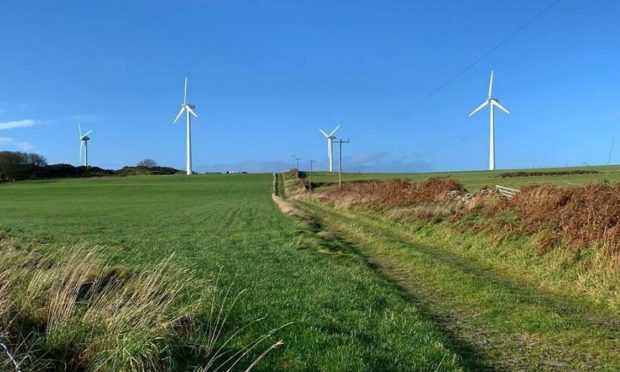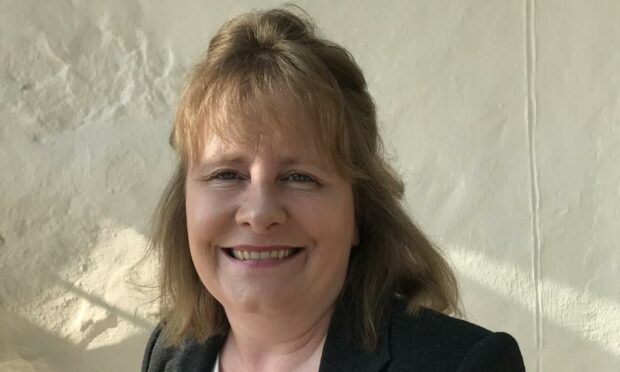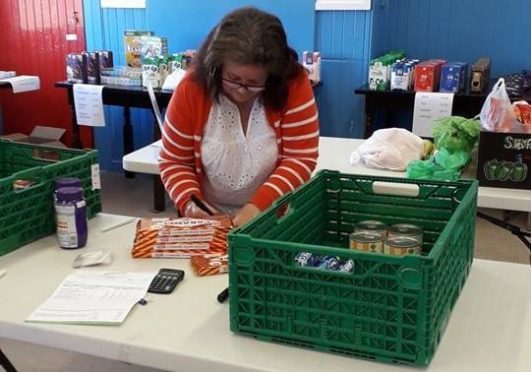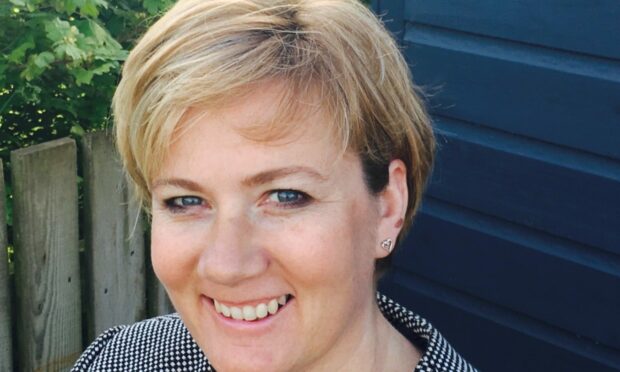The case for more community land ownership to help tackle the Covid and climate emergencies is “irrefutable”, MSPs are being told.
A briefing paper by Community Land Scotland (CLS) to Holyrood members urges further land reform to address the dual challenges.
It also suggests limiting the size of land large-scale owners can control.
Last week the SNP and Scottish Greens committed to a new Land Reform Bill by the end of 2023.
‘Need to diversify rural land ownership’
Their draft shared policy programme says “a significantly higher proportion” of land should be owned by communities.
Transfer of large-scale holdings will include a public interest test and a right of pre-emption in favour of community buy-outs.
The parties also agree that “every opportunity should be taken to ensure that Scotland’s people are able to live and work sustainably on our land and that communities benefit from the land use changes necessary to address the twin environmental and climate crises, and support a just transition”.
CLS wants to diversify the pattern of rural land ownership, with around 67% being owned by 0.025% of the population.
Chairwoman Ailsa Raeburn says there is a strong argument that giving communities more control over land and other assets is necessary to ensure a sustainable future.
“With the need to rebuild so much of society in the wake of the pandemic; and the existential crisis of the climate emergency, the power of that argument is now irrefutable.
“It’s clear we need a step change in land reform to ensure Scotland becomes the greener, fairer and more inclusive nation to which we all collectively aspire.”
Community bodies are ‘local anchors’
CLS warns against wealthy individual and corporate ‘green lairds’ buying land, attracted by subsidies and carbon credits.
Ailsa Raeburn believes a new Land Reform Act can play a vital role in ensuring more equitable land ownership and use.
“The Scottish Government and Parliament also need to give serious policy consideration to how the monopoly power of large -scale landowners to thwart the legitimate development aspirations of local communities can be curbed.
“Potentially limiting the scale of such land holdings needs to be part of that policy conversation.”
CLS argue that community bodies, particularly those owning land, helped ensure ‘stay at home’ instruction during lockdown worked.
They were ‘local anchors’, helping provide food, medicines and human contact to vulnerable people.
It has previously argued that community landowners are punching above their weight in green initiatives to save the planet and post-Covid recovery.
‘No evidence’ for further land reform legislation
Sarah-Jane Laing, chief executive of Scottish Land and Estates, said demand for more land reform legislation shows greater concern about ownership rather than how land is best used.
“Private owners across Scotland are already helping government to increase forestry, provide clean energy and restore peatlands to lock up carbon as well as continuing to supply rural housing, local jobs and produce world-class food and drink and tourism experiences.
“Rather than talk about threats, there are huge opportunities for private, community and public landownership in Scotland all to play a role in helping rural communities and the wider nation to recover from the pandemic and deliver benefits from investment in natural capital.”
She said it is just over five years since the last Land Reform Act was passed and no evidence has been produced to show why further legislation is needed.
A Scottish Government spokesman said it will consider the CLS paper and carry out a wide-ranging consultation on proposals for the Bill.
“Scotland’s land and the natural capital it supports is a precious national resource that is fundamental to our economy, our environment and, crucially, our people.
“The way it is owned, managed and used are inextricably linked and it is vital that when we consider our land, we think not just about how it is managed and used, but about who benefits from it.
“That is why we have an ongoing and unwavering commitment to land reform.”



